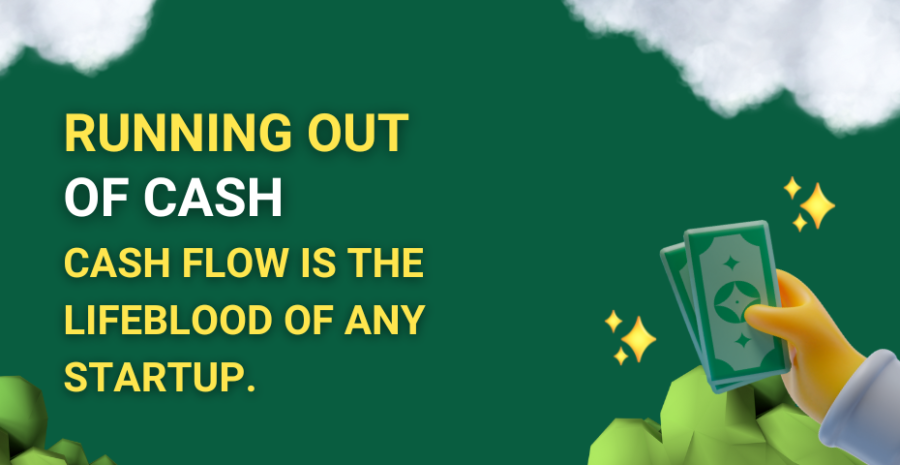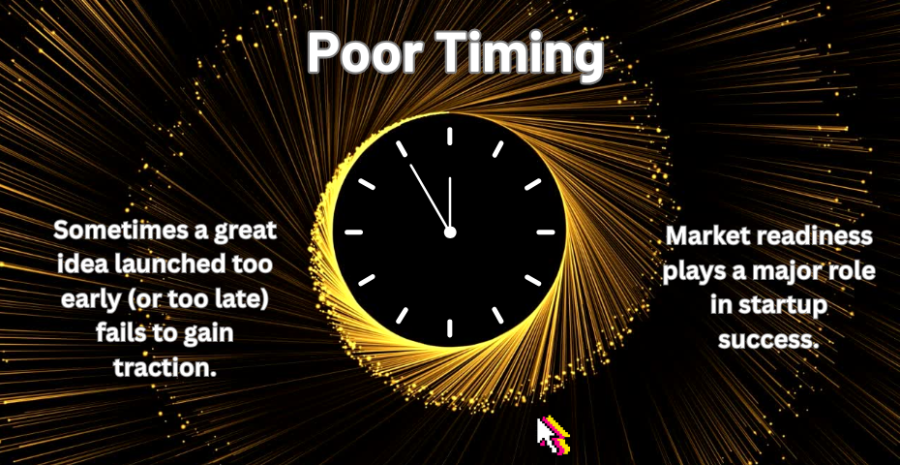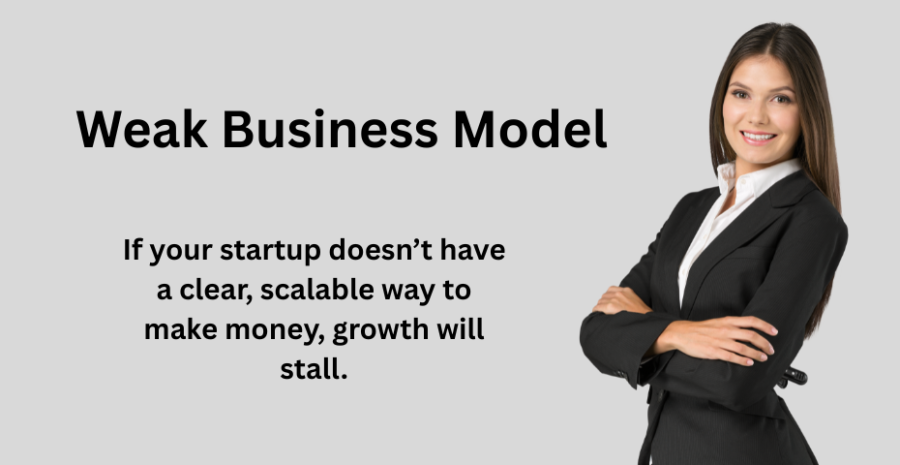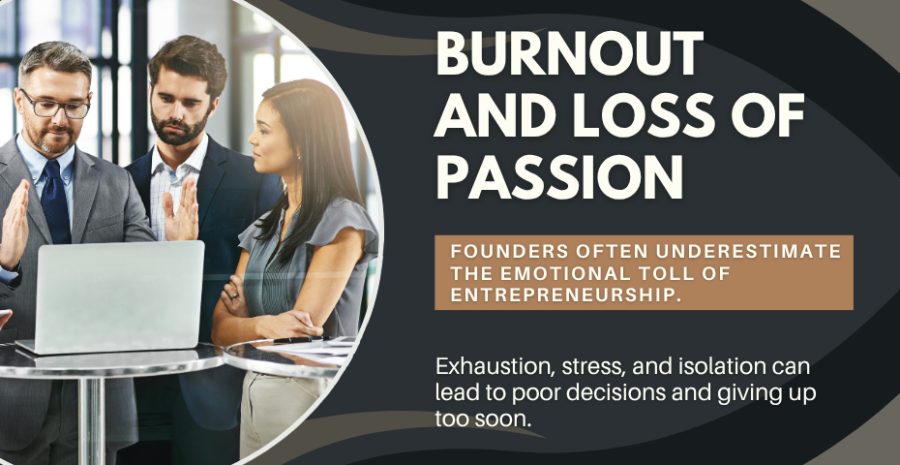

In the thrilling world of entrepreneurship, startups embody innovation, risk, and opportunity. They’re launched with grand visions, relentless energy, and high hopes.
Yet despite the passion and potential, more than 90% of startups fail—many within their first few years.
As we step deeper into 2025/2026, a new entrepreneurial landscape is emerging: one shaped by evolving technologies, shifting consumer behavior, and a highly competitive global market.
If you're planning to start or grow a business this year, understanding why so many startups falter—and how to sidestep those traps—is not just helpful, it's essential.
This blog explores the top 10 reasons startups fail, backed by current trends and insights, and gives you clear, actionable strategies to avoid becoming another statistic.
Let’s dive in and build a smarter path to startup success in 2025.

One of the most common reasons startups collapse is building something nobody wants.
No matter how brilliant the idea, if there’s no real market need, failure is almost inevitable.
In 2025, consumer expectations are more dynamic than ever.
Blind assumptions can derail your venture.
How to Avoid It:
Validate your idea before you build. Use surveys, interviews, and MVPs (Minimum Viable Products) to test real-world interest.
Leverage AI tools to analyze market trends and keywords.
Let the market pull the product out of you.

Cash flow is the lifeblood of any startup. Poor financial planning or over-ambitious spending can bleed a business dry long before it reaches profitability.
How to Avoid It:
Create a lean budget, track every cent, and forecast future cash needs.
Use tools like QuickBooks, Wave, or Xero.
Secure a mix of revenue streams or alternative funding methods—crowdfunding, revenue-based financing, or Initial Loan Procurements (ILPs).

A brilliant idea in the hands of the wrong people will fail.
Many startups struggle because of poor team dynamics, lack of skill diversity, or internal conflict.
How to Avoid It:
Assemble a founding team with complementary skills—visionary, operator, tech, and marketer.
Invest in emotional intelligence, communication, and trust-building.
Culture is just as critical as competence.

If your product is buggy, clunky, or doesn’t solve the core pain point efficiently, customers won’t stick around—even if they initially show interest.
How to Avoid It:
Adopt agile development and rapid user feedback cycles.
Focus on building a product customers love, not just tolerate.
Prioritize UI/UX design in 2025/2026—it’s the first impression and user loyalty anchor.

You may have the best solution in the world, but if no one knows about it, it doesn’t matter.
Many startups underestimate the cost, complexity, and speed of customer acquisition.
How to Avoid It:
Invest in digital marketing from day one—content, SEO, influencer partnerships, email funnels, and paid ads.
Know your ideal customer profile and speak their language on the platforms they use.
Use platforms like Markethive or Scalelup for automated outreach.
.png)
Some founders fall in love with their idea and tune out what their customers are saying.
This can lead to building features nobody uses or overlooking fatal flaws.
How to Avoid It:
Build with your customer, not for them.
Conduct regular interviews, watch analytics, and implement suggestion loops.
2025/2026 is the age of customer-led innovation.

Sometimes a great idea launched too early (or too late) fails to gain traction.
Market readiness plays a major role in startup success.
How to Avoid It:
Study the market lifecycle. Is your audience ready to adopt?
Is the infrastructure (e.g., blockchain, AI) mature enough?
Use Google Trends, funding signals, and competitor activity as guides.

If your startup doesn’t have a clear, scalable way to make money, growth will stall.
Many founders focus on users and ignore revenue.
How to Avoid It:
Map out clear revenue channels.
Test different pricing models—freemium, subscriptions, licensing, performance-based fees.
Ensure there’s a path to sustainable unit economics.

Rigid thinking can be fatal.
Many startups stick to their original plan even when the data screams for change.
This stubbornness can sink promising ventures.
How to Avoid It:
Be willing to pivot—product, audience, or strategy—based on evidence.
Celebrate data over ego.
Many unicorns (like Slack and Twitter) were pivots of other ideas.

Founders often underestimate the emotional toll of entrepreneurship.
Exhaustion, stress, and isolation can lead to poor decisions and giving up too soon.
How to Avoid It:
Prioritize well-being and boundaries.
Build a support network.
Take breaks, delegate, and focus on high-leverage tasks.
Use AI tools to automate repetitive work so you can focus on what matters.
The startup journey is not for the faint of heart—but neither is it a gamble of luck.
By understanding why most startups fail, you empower yourself to make better decisions, avoid common traps, and engineer your business for resilience and growth.
In 20252026, success doesn’t come to those who simply hustle harder—it comes to those who plan smarter, iterate faster, and stay aligned with real customer needs.
Every misstep holds a lesson, and every failure is just feedback. If you’re committed to the path, stay curious, stay humble, and adapt boldly.
The future of entrepreneurship is not fixed—it’s being written by founders like you.
Let your startup be the exception, not the statistic.
....................................................................................................................................................................................................
About: Andries vanTonder
Over 46 years selfemployed
He is a Serial Entrepreneur, an Enthusiastic supporter of Blockchain Technology and a Cryptocurrency Investor
Find me: Markethive Profile Page | My Twitter Account | My Instagram Acount | and my Facebook Profile.
